Introduction of the Concept of Bio functional Dynamic Occlusion with Dr. Javier Vasquez
Day 1
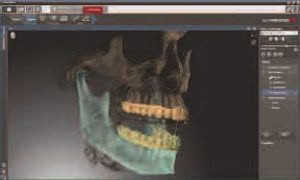 First segment
First segment
Analysis of the body as an entire unit
Postural compensations
Records for full body analysis
Subtema
Specificitybof the movement of the cranial cervical structures
The law of 50-50
Defining normality in static position and dynamic movements
Action reaction law
Rocabado lateral and AP cephalometric analysis
Cráneo cervical assessment by palpation
Correlations between similar assessment with pictures with 2d X-rays
defining ideal posture kyphosis lordosis
Understanding head forward posture and the variables and implications
Static atlas syndrome and implications
Anatomical variables : Ponticus posticus
Influence of posture in cephaleas
Vascular headaches and neuropathies
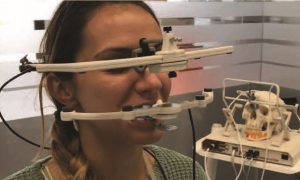 Second segment
Second segment
Mandíbular trajectories
A. Muscular component
– Factors that affect mandíbular trajectories
– Muscles basic vector direction and functions
– Muscle function in the stomatognathix system
– Influence of muscles in mandíbular trajectories
B. Arthrokinematics of the sinovial compartment .
– Understanding kinematics and ostheokinematics
– Main components of the temporo mandíbular joints
– Pain mapping
– Difference between chronic and acute disorders and the influence in mandíbular movements.
– Clinical assessment of the temporomandibualr joint
– Visual analysis of the movement
– Clinical history
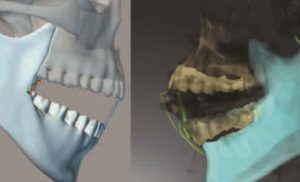 C. Facial asymmetries
C. Facial asymmetries
a. facial asymmetries of craniocervicalnorigin
– understanding the influence of cervical structures in mandíbular movement
b. Real facial asymmetries
c. Triplanearvanalysis
D. Introduction of the craneodontics concept
a. Influence of dental interference in manibular movements
f. Influence of proprioception and ostheoception
Day 2
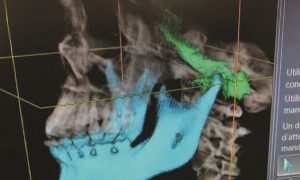 E. Implementation of instrumentation
E. Implementation of instrumentation
a. Understanding muscles fighting sequence
b. Muscle interpretation to determine mandíbular position
c. Physiology of the muscles
d. Introduction to electromyography
e. Muscle fatigue
f. Muscle torque
g. Insufficient occlusion
F. Different mandíbular positions and trajectories
a. Centric relation
b. Habitual occlusion
c. Neuromuscular trajectory
d. Optimized trajectory
e. Phonetics
f. Swallowing patterns
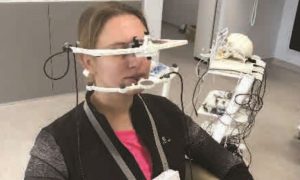 G. HANDS ON
G. HANDS ON
– TENS bite
– Students most have a set of models of themselves
– Material needed for bite registration practice
– Occlusal tables
– Note: analysis of the occlusal plane
– clinical and applications
– Tricks and pearls
– Analysis of a tridimensional CBCT
– Structural Analysis
– Joint position
– Joint integrity
– Airway
– Integration of function
– Clinical protocols
– Introduction to SICaT function and JMT demonstration
| Ticket Type | Price | Payment | |
|---|---|---|---|
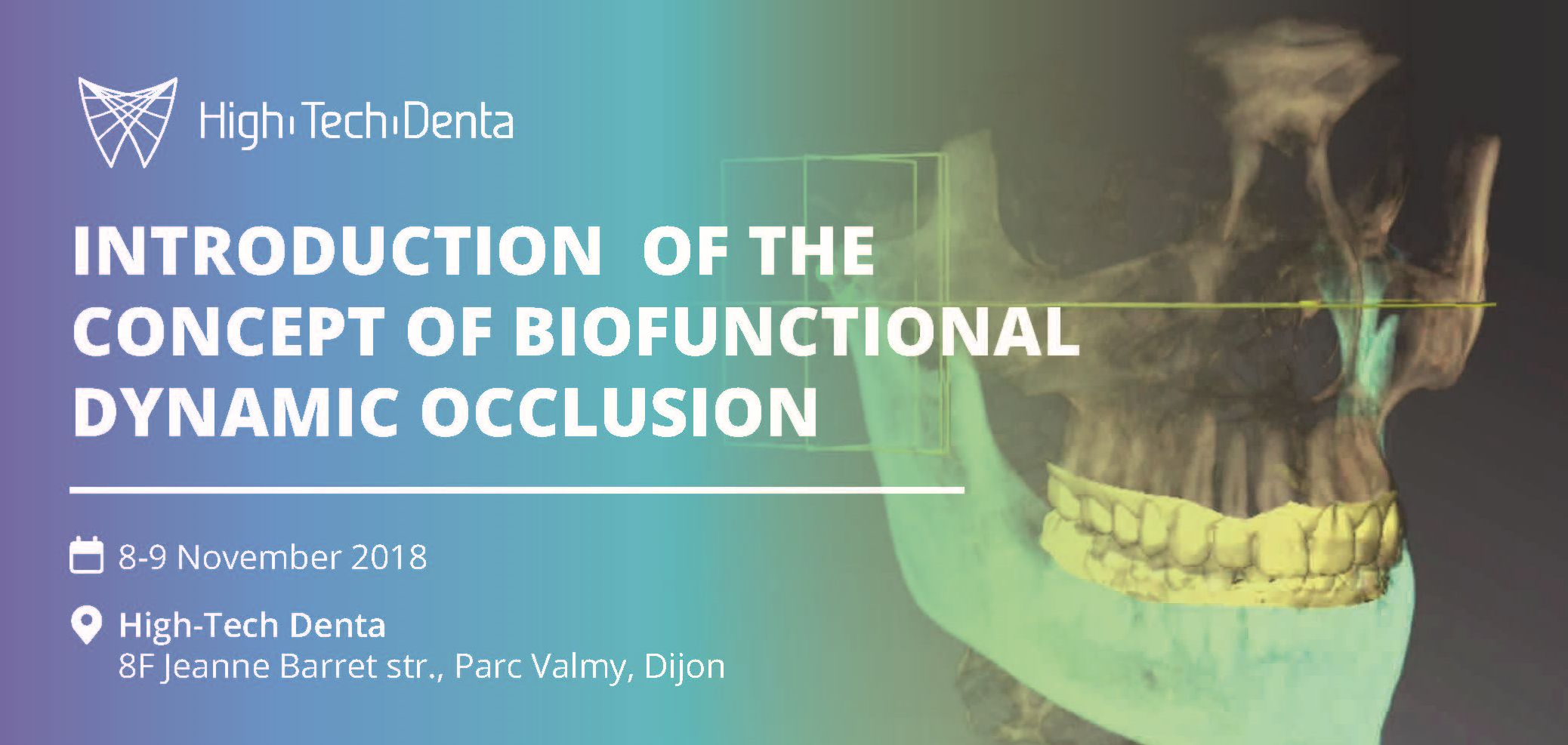
INTRODUCTION OF THE CONCEPT OF BIOFUNCTIONAL DYNAMIC OCCLUSION |
3600 € | Buy your ticket | |
Payment by wiretransfer is possible |
Contact us for further details! | ||















